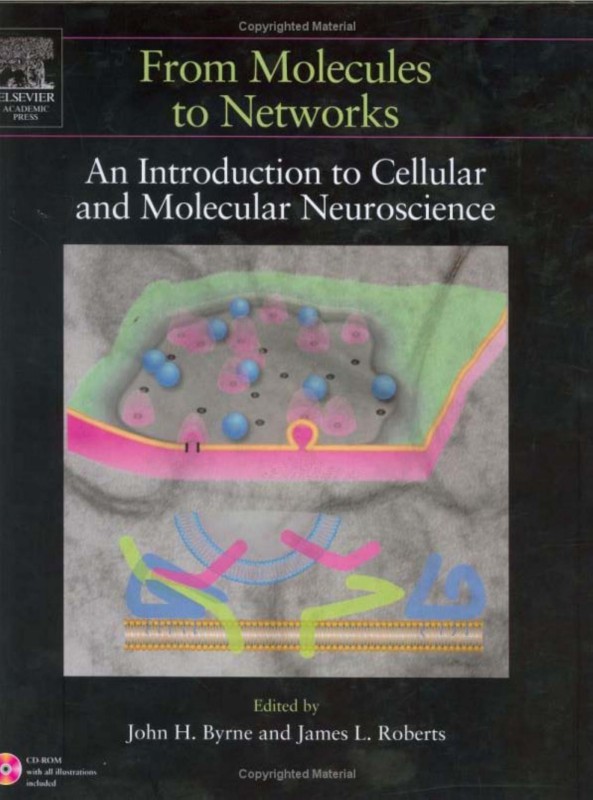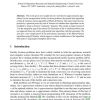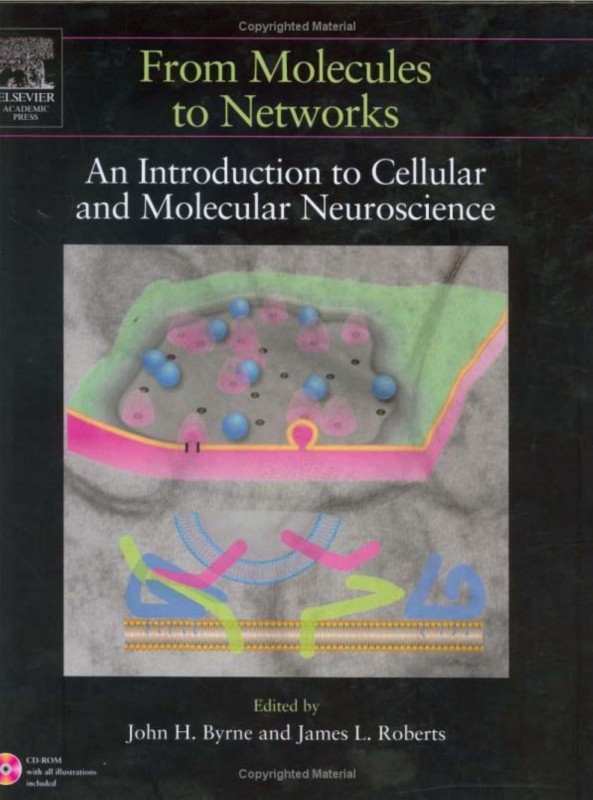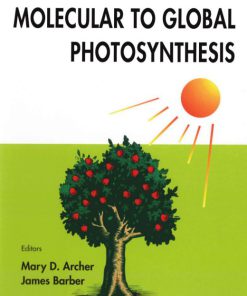From Molecules to Networks An Introduction to Cellular and Molecular Neuroscience 1st Edition by Ruth Heidelberger, Neal Waxham, John Byrne, James Roberts ISBN 9780080491356 0080491359
Original price was: $50.00.$25.00Current price is: $25.00.
Authors:John H. Byrne; Ruth Heidelberger; M. Neal Waxham , Series:Anatomy [11] , Tags:Medical; Anatomy; Neurology; Science; Life Sciences; Human Anatomy & Physiology , Author sort:Byrne, John H. & Heidelberger, Ruth & Waxham, M. Neal , Ids:Google; 9780123971791 , Languages:Languages:eng , Published:Published:Apr 2014 , Publisher:Academic Press/Elsevier , Comments:Comments:An understanding of the nervous system at virtually any level of analysis requires an understanding of its basic building block, the neuron. The third edition of From Molecules to Networks provides the solid foundation of the morphological, biochemical, and biophysical properties of nerve cells. In keeping with previous editions, the unique content focus on cellular and molecular neurobiology and related computational neuroscience is maintained and enhanced. All chapters have been thoroughly revised for this third edition to reflect the significant advances of the past five years. The new edition expands on the network aspects of cellular neurobiology by adding new coverage of specific research methods (e.g., patch-clamp electrophysiology, including applications for ion channel function and transmitter release; ligand binding; structural methods such as x-ray crystallography). Written and edited by leading experts in the field, the third edition completely and comprehensively updates all chapters of this unique textbook and insures that all references to primary research represent the latest results. * The first treatment of cellular and molecular neuroscience that includes an introduction to mathematical modeling and simulation approaches * 80% updated and new content * New Chapter on “Biophysics of Voltage-Gated Ion Channels” * New Chapter on “Synaptic Plasticity” * Includes a chapter on the Neurobiology of Disease * Highly referenced, comprehensive and quantitative * Full color, professional graphics throughout * All graphics are available in electronic version for teaching purposes













